Space technology from Spain
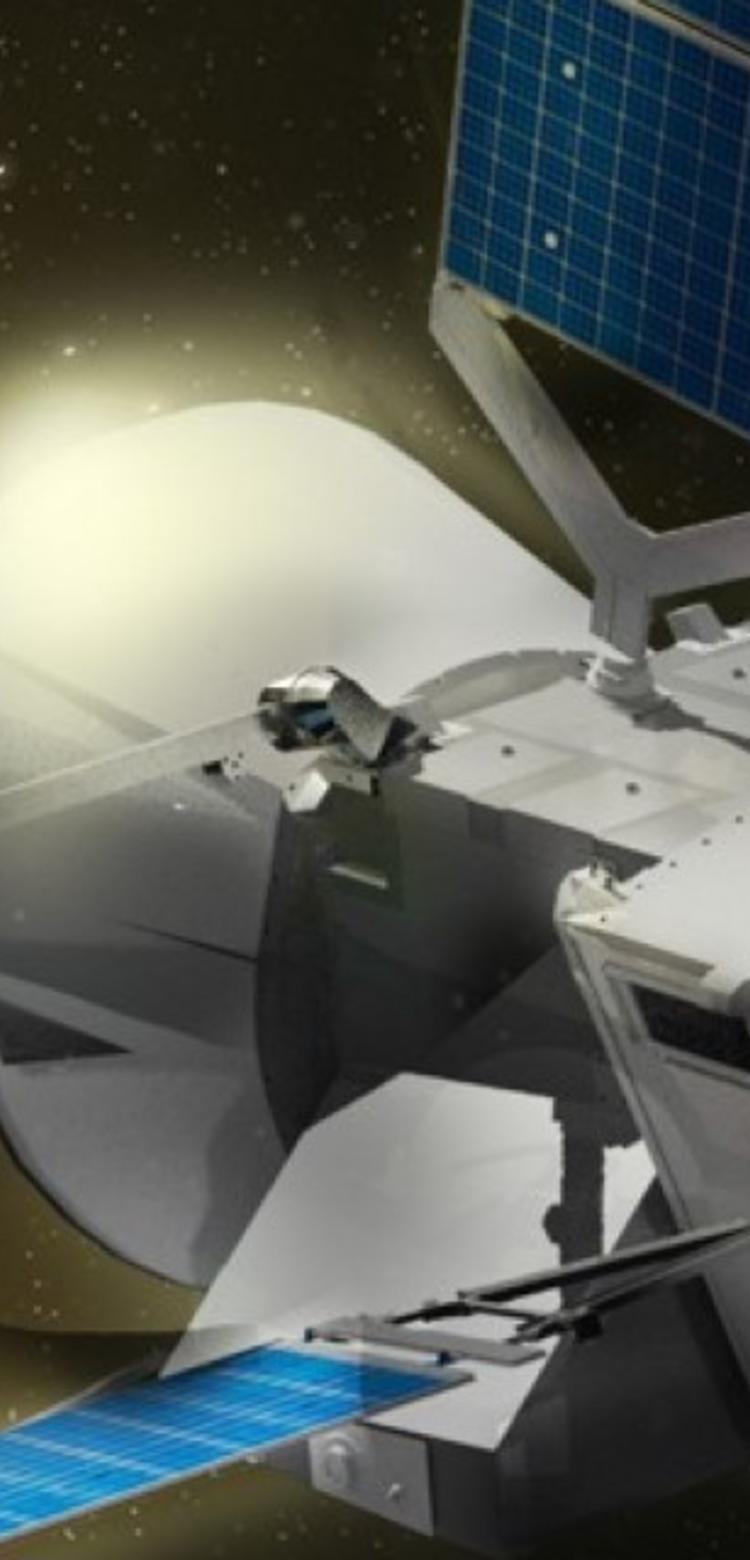
State-of-the-art products for space
Airbus Crisa designs and produces state-of-the-art electronic products for space applications that range from satellites, deep space probes and orbital infrastructure to space transportation systems.
Motivated by a commitment to continuous innovation, and backed by the strategy of investments in research and development, the company’s products continually evolve in response to customer’s needs.
Airbus Crisa has proven its ability to meet requirements for all types of missions, equipping everything from large telecommunication satellites, new-space constellations and agile Earth observation platforms to scientific and deep space exploration probes.
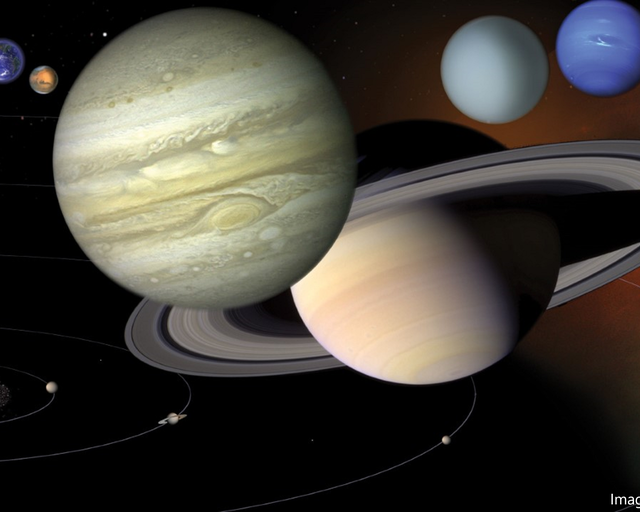

Exploring the solar system
Airbus Crisa’s participation in demanding missions to the Sun and Moon, to the planets and out into deep space are helping answer such fundamental questions as how were the Earth and other planets formed?Are there other forms of life in the solar system? What happened just after the Big Bang?
The space probes that are unraveling these mysteries rely on mission-critical equipment and systems from Airbus Crisa for power management, monitoring, flight control and data processing
Image credits: NASA/JPL
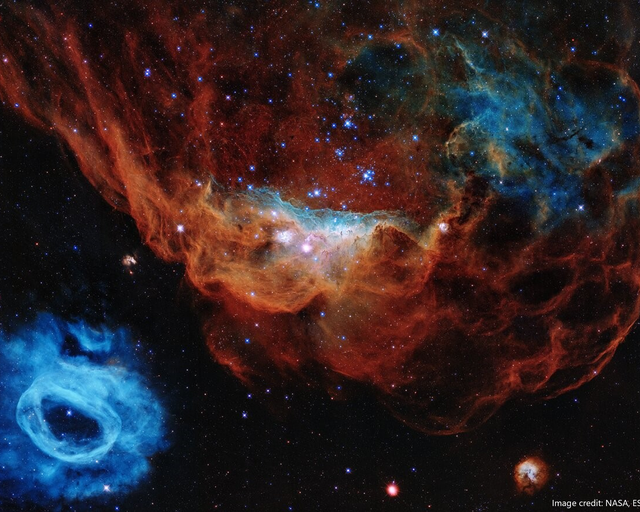

Investigating the universe
From mapping more than a billion stars in the Milky Way to capturing spectacular images of galaxies, Airbus Crisa-equipped space probes are providing new perspectives on the universe.
To accomplish these missions, spacecraft systems must operate in the most difficult environments, as they are subjected to conditions that include extreme temperatures and high levels of radiation.
Image credits: NASA
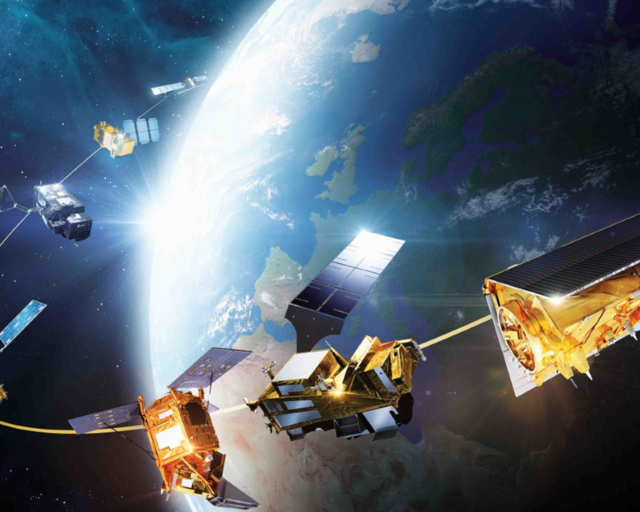

Serving society
Earth-orbiting satellites are the silent sentinels that play an important role in everyone’s daily lives – with such duties as observing Earth’s increasingly fragile environment and predicting the weather, ensuring global telecommunications and broadcasting entertainment programming to fixed and mobile users.
As these satellites continue to evolve, Airbus Crisa is positioned to develop and produce the power systems that respond their mission needs in the most demanding operational needs.
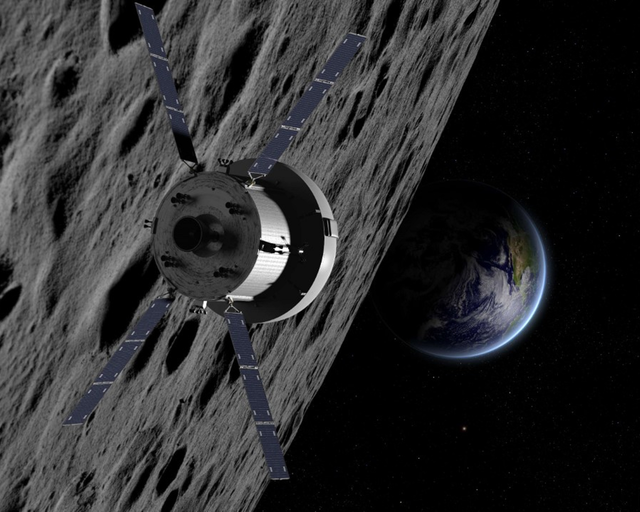

From Earth to space
Since the dawn of the space age, launch vehicles have become increasingly powerful and versatile as they send thousands of payloads into Earth orbit and beyond.
Airbus Crisa’s expertise in power electronic systems has evolved during the past three-decades, responding to market demands for launchers that are more competitive with increased modularity, flexibility and producibility.
Image credits: NASA